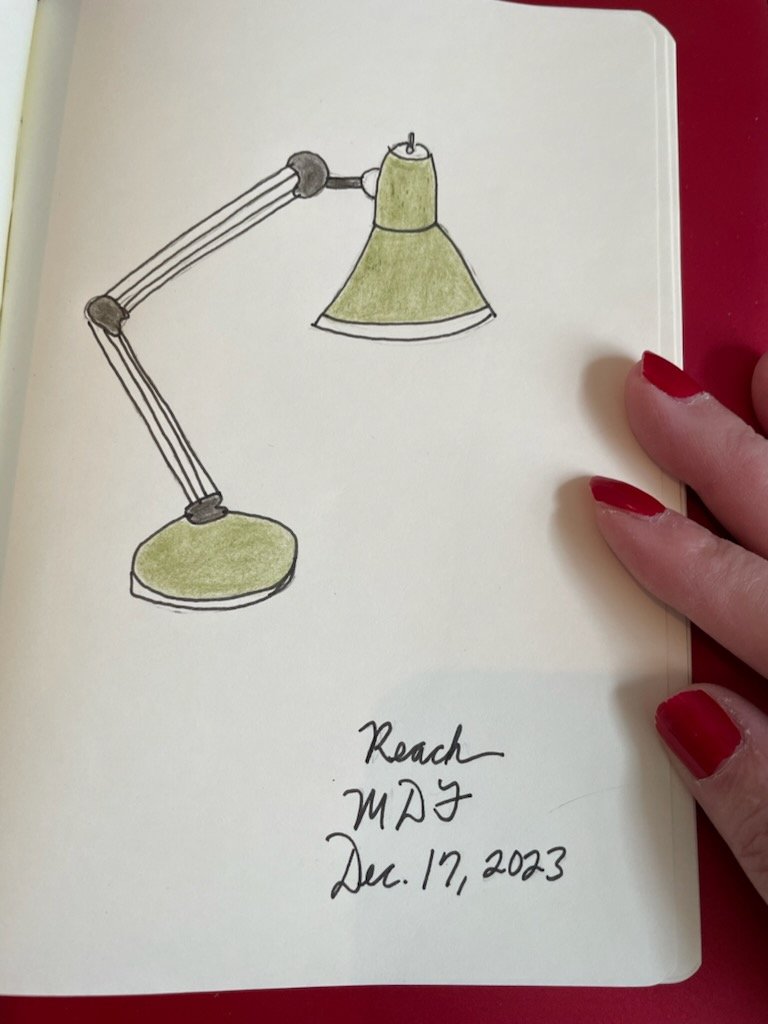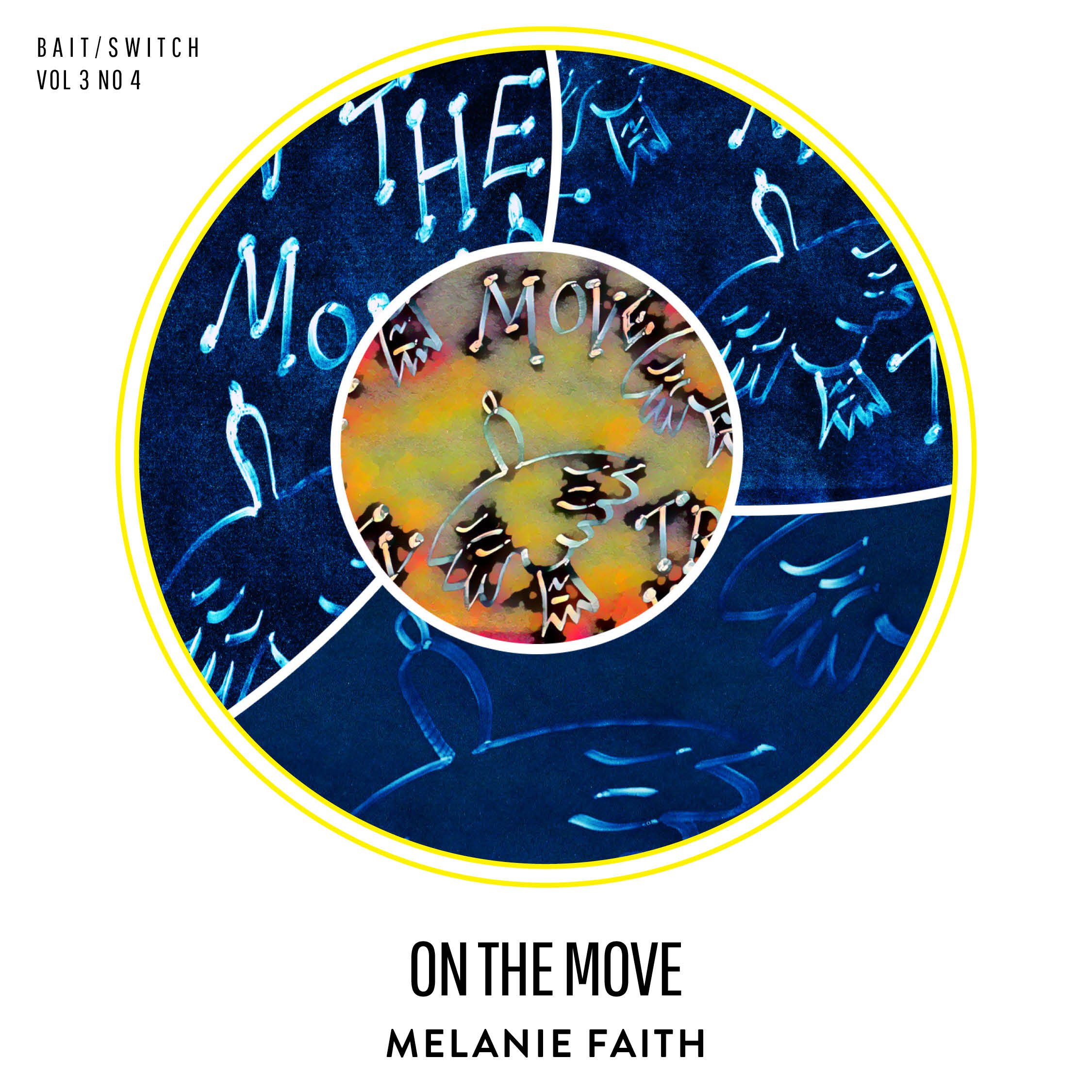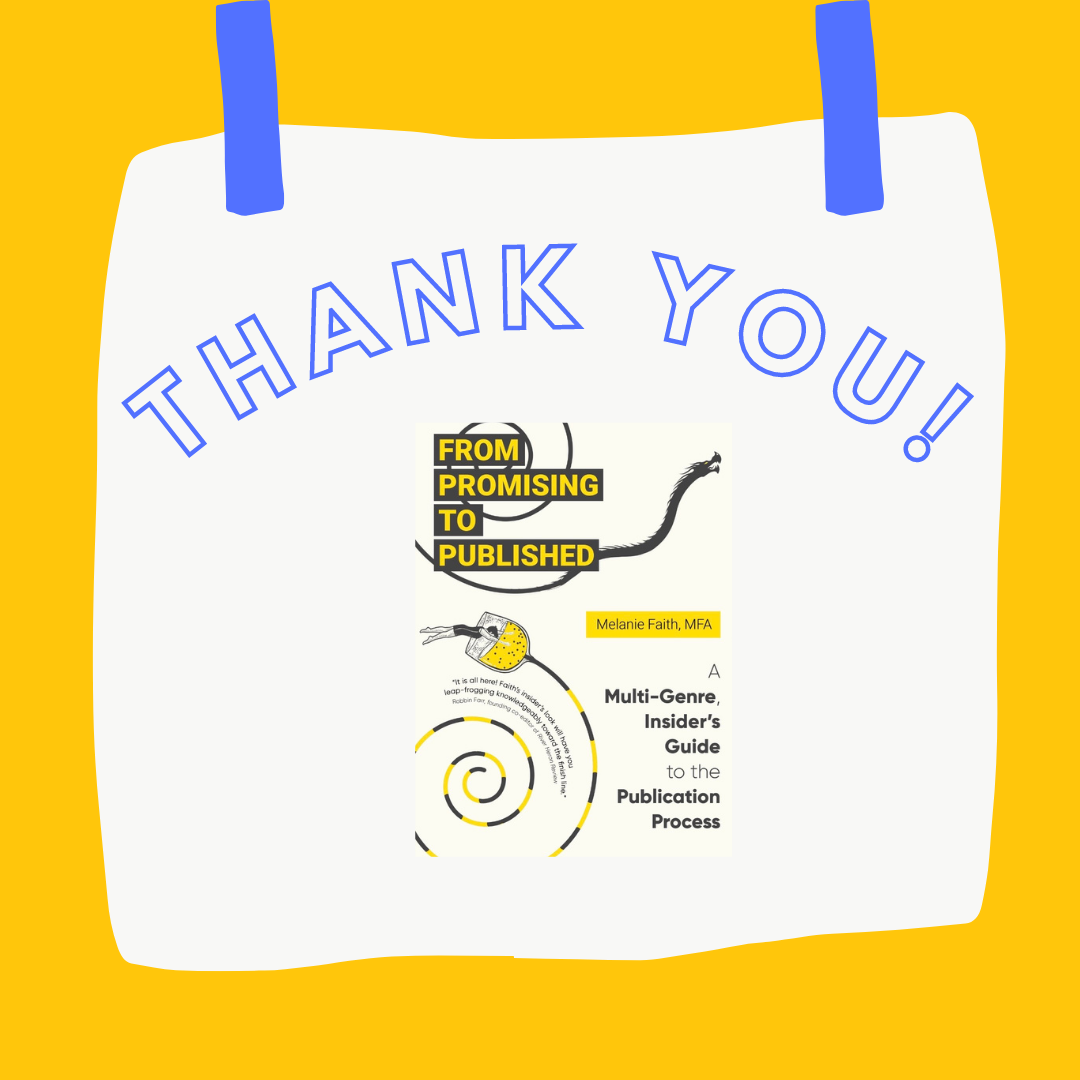I haven’t shared a doodle in a while, so I figured it was about time to break out my sketchbook and play a bit.
I was thinking yesterday, too, about swing-arm lamps. The kind architects often have on their desks, but sometimes also students and offices. I didn’t know that they were referred to as “swing-arm” lamps until a quick search-engine search delivered that little golden nugget into my life, which I now share with you. 😉
Speaking of innovation and knowledge, I read a book two or three years ago about the Bauhaus, a German school of design, arts (including theater, sculpture, pottery, stained glass, wooden toys, and poster design), and architecture in 1919-the early 1930s. Fine arts and crafts and some very sharp-looking designs were created by young students and their professors which continue to inspire designers of furniture and architecture. They made innumerable creations in their carpentry and metal-working workshops, from chairs and swivel lamps and photography and arts posters for theater performances given at the school to coffee-and-tea sets and glassworks and weaving and you name it. If the design was geometric, spare, innovative, and functional during that time period, it was probably cooked up and refined at the Bauhaus.
I’ve never owned a swing-arm lamp, nor a gooseneck lamp (which I think of as their fanciful second cousin), but I’ve often admired both. There’s something very appealing about the way they’re designed—form and function working hand-in-glove. They don’t just sit there stationary, but offer instant flexibility for the user. Wherever the light is needed, le voilà! Here we go; instant warm spotlight. Then, economically pushed back when not in use—until the next time.
Continued growth as a writer often requires a reaching process that combines a hearty blending of the initial sizzle of the imagination intermingled with the stability and support of consistent application, mixing the heat of creating with the cooler temperatures of refining and editing the vision into new forms for sharing.
This end-of-year time gets all of our gears turning with goals we’ve finished and those we haven’t and those we’d like to dream up for next year. Without putting pressure on ourselves (because nobody needs more of that!), it’s a good season for this kind of if-you-can-imagine-it-you-can-make-it-happen reflection.
It’s a good time for downshifting, daydreaming, and putting some plans into action for the coming months. I have the kind of mind that needs no encouragement to cook up a project or ten and imagine the endless permutations and exciting possibilities. I also have the kind of mind (and enough experience as a writer and creative) to know it takes time, organization, trial-and-error patience, and planning to see a project to its conclusion so that it’s ready to share. I try to give my imagination free reign for a while, and then I begin to organize that wide expanse into a series of steps (accounting for setbacks and a learning curve along the way).
I’m cooking up some fun projects for 2024 that I can’t wait to share. At the moment, one project in particular is very new, wobbly, interesting ground for me, stretching what I already know with the many, many things I don’t. It includes a-million-and-one steps that I’m learning (and reading about and trial-and-erroring and trying-again-and-againing). Stay tuned!
I am delighted to share that I have three online classes that I hope will inspire fellow creative writers and artists to invest in their own dreams and goals and talents as well as to try new creative goals that will inspire reaching into new territory as well.
If you have a friend you haven’t purchased a gift for yet or would like to invest in your own artistic process, I’d love to work with you and a friend! Mark your calendars. All three courses accepting sign-ups now 😊:
*In Tune: Writing about Music in Fiction (starting Friday, February 2, 2024; 4-week class; NEW!):
https://wow-womenonwriting.com/classroom/MelanieFaith_Music.php
*An Inside Look at Launching as a Freelance Editor (one-afternoon webinar; 1-2 pm ET; Friday, April 12, 2024)
https://wow-womenonwriting.com/classroom/MelanieFaith_FreelanceEditorWebinar.php
*Art Making for Authors (starting Friday, August 2, 2024; 4-week class; NEW!)
https://wow-womenonwriting.com/classroom/MelanieFaith_ArtMaking.php
I also have craft books aplenty that make excellent gifts, such as: From Promising to Published:















